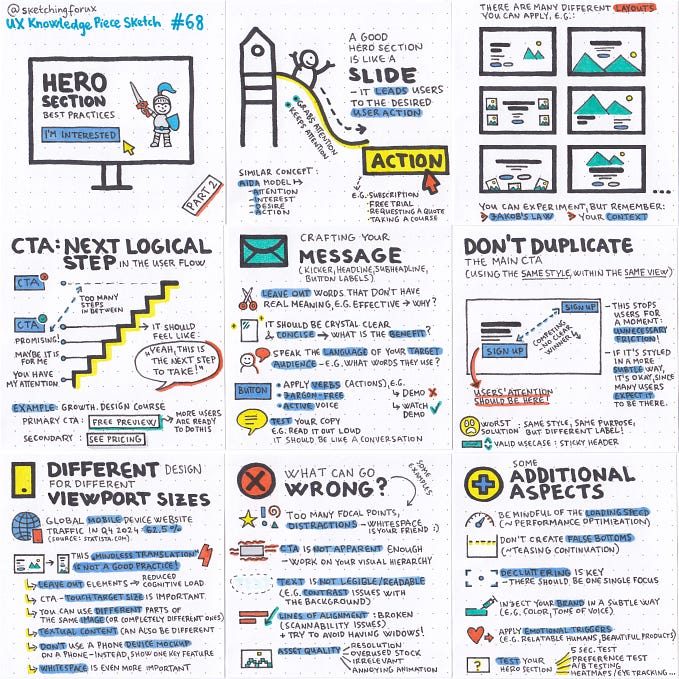Member-only story
10 Powerful User Nudges Illustrated
A quick intro to the world of human psychology and irrationality
Have you ever noticed how sometimes you make decisions in a blink of an eye? Or maybe sometimes you follow the crowd unconsciously? Recent studies in cognitive psychology and behavioural economics suggest that over 90% of our decision-making is done daily unconsciously and automatically. Here are ten powerful nudges you can use in your product design and also explain why we are so irrational sometimes.
1. Ikea Effect: Personal Investment

Theory
The more involved people are in creating something, the better they feel about the product. This can lead to self-constructed items or products being valued more highly by the person who made it because of the effort that has gone into it.
Example
Ikea customers are strangely loyal to their self-assembled furniture because there is a piece of them in it.
The more customers get involved in the acquisition, development and construction of products and services, the more they perceive that product or service as valuable.
The idea of cheap things is that you can reduce the perception of low quality by making the person invest a tremendous amount of effort into it. Then that person, once built his desk or shelf, will come back to Ikea, because of the effort. Picking up your strawberries isn’t the same thing as buying cheap strawberries. Cheap strawberries raise the questions of — why are they so cheap? And if I had delicious strawberries, I would charge a lot for them. And in the case of picking your berries, it is less expensive because you contributed your effort into the process.
2. Commitment: Public Pledge

Theory
The more public our stance, the less willing we are to change it. People will often go through with acts that they hold…







